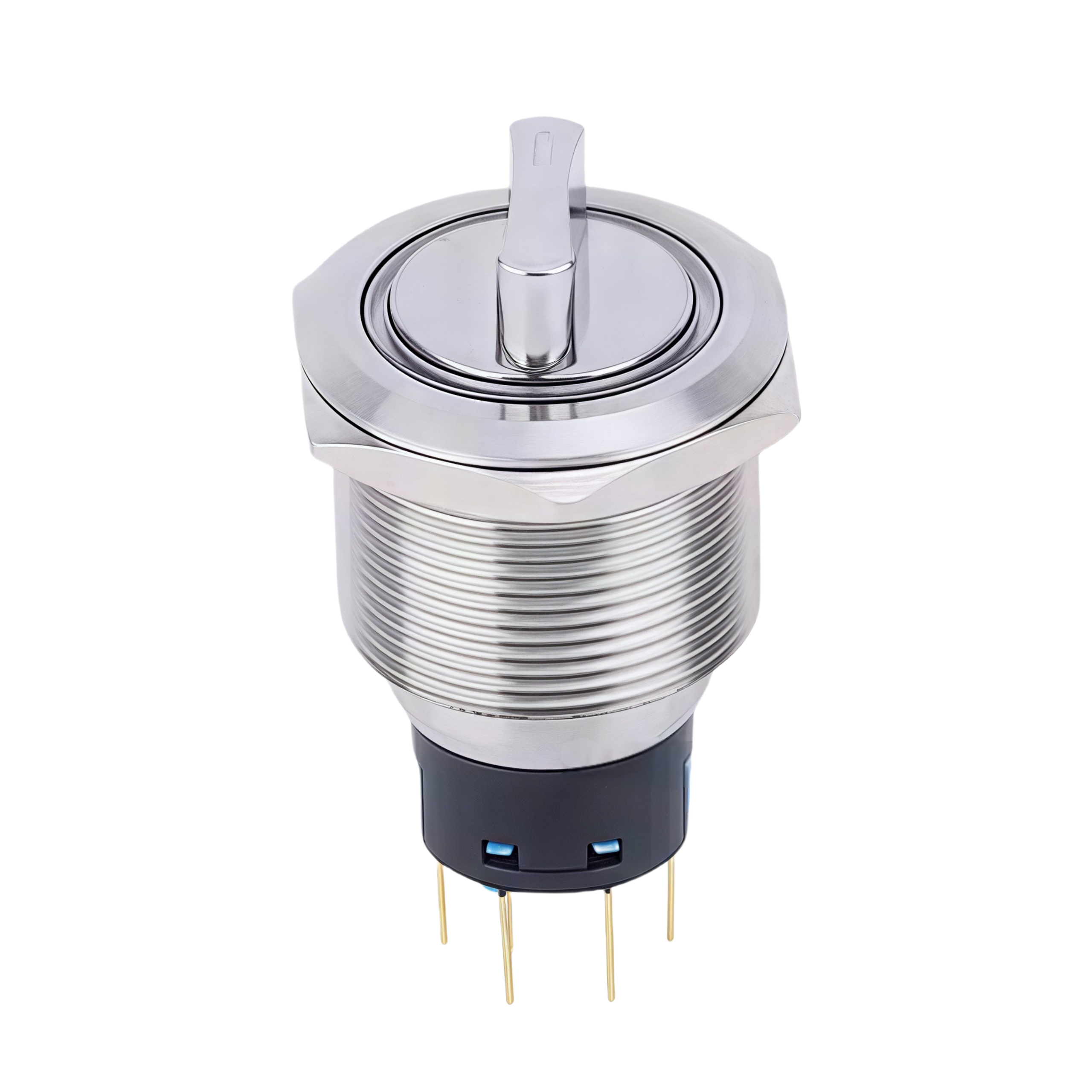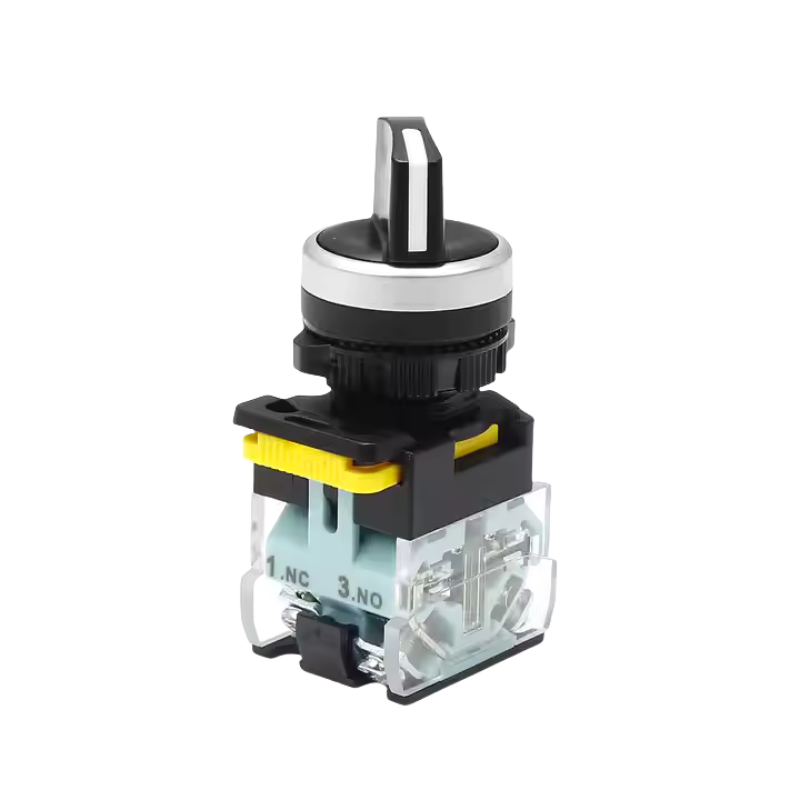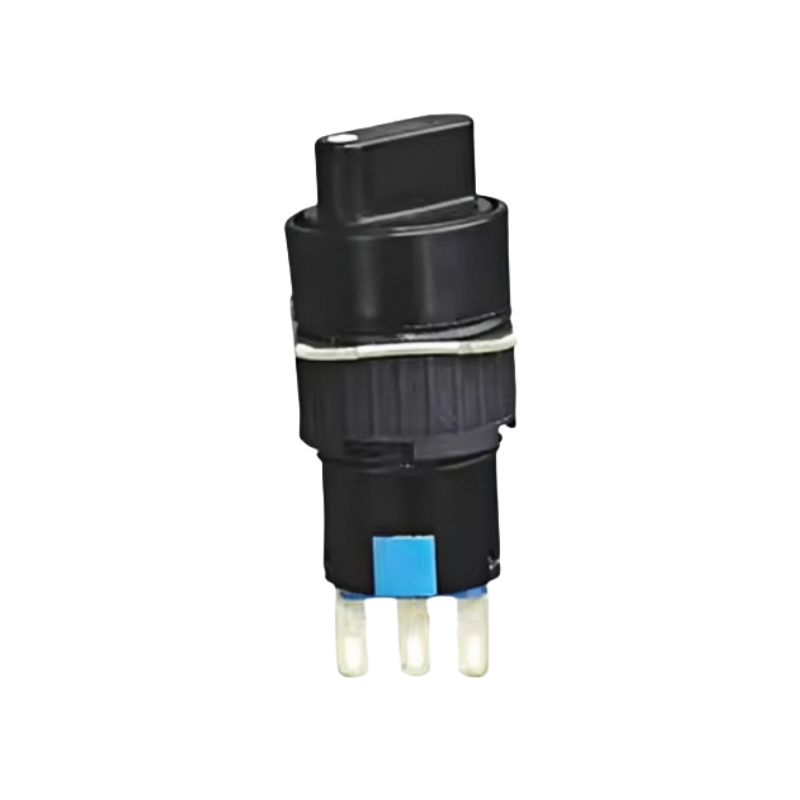In an era where touchscreens and voice commands dominate, the rotary switch might seem like a relic. Yet, this mechanical interface continues to thrive in industries ranging from aerospace to consumer electronics. Its persistence is not accidental but a testament to its unique ability to balance tactile feedback with functional precision. This blog delves into the enduring appeal of rotary switches, their role in modern design, and how they are adapting to the demands of a digital age.
The key to the rotary switch’s longevity lies in its human-centric design. Unlike abstract interfaces, it engages multiple senses simultaneously. The physical resistance of a knob provides immediate tactile feedback, confirming that an action has been executed. The “click” of contact alignment offers auditory reassurance, while the visual alignment of the knob with labeled positions reinforces the user’s understanding of the system. This multisensory interaction creates a sense of control that touchscreens often lack. For example, a pilot adjusting an aircraft’s altitude with a rotary switch feels a direct connection to the machine, whereas a touchscreen might feel detached.
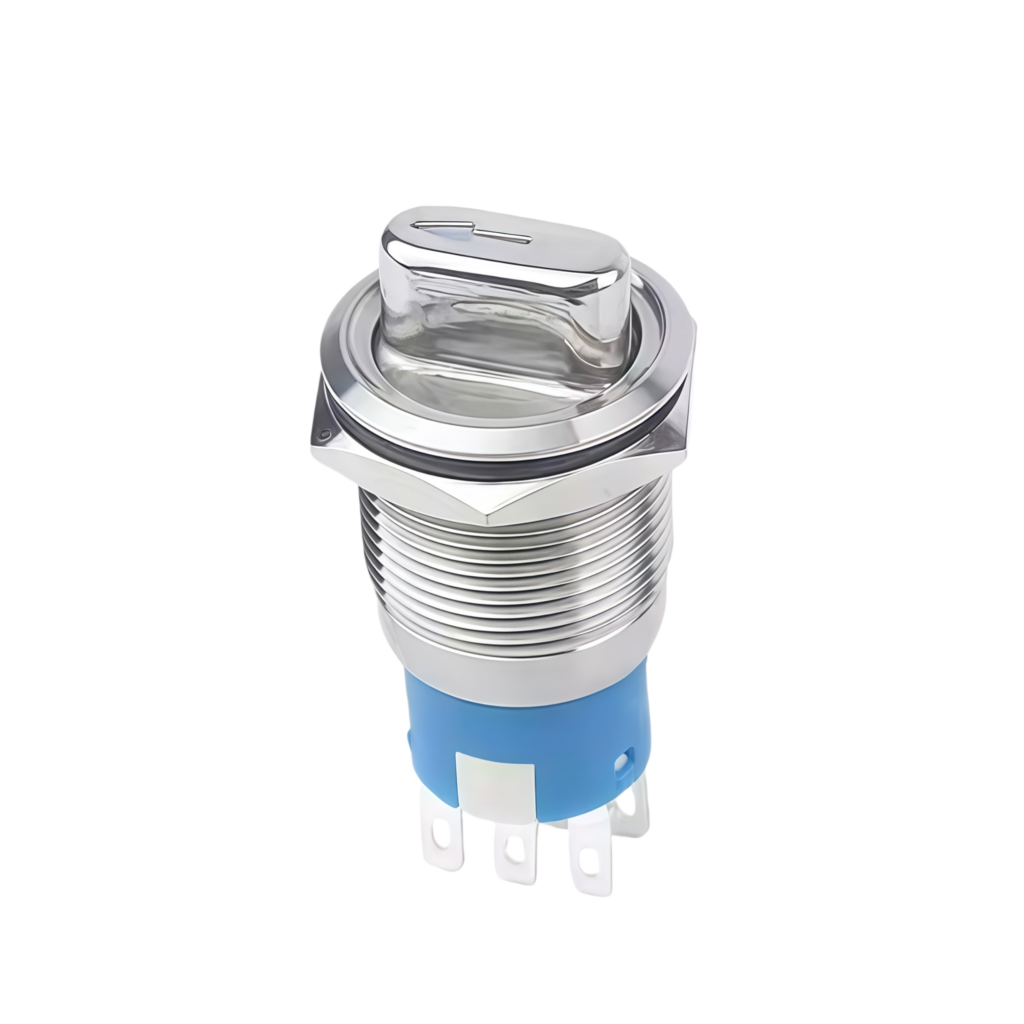
This tactile advantage is particularly critical in high-stakes environments. In aviation, pilots rely on rotary switches for fuel management and navigation, where precision under stress is non-negotiable. Similarly, in medical settings, surgical robots and diagnostic machines use these switches to adjust delicate parameters like speed or pressure. The reliability of their mechanical design ensures consistent performance even in sterile or harsh conditions.
Beyond functionality, rotary switches are design objects that blend form and function. High-end devices like the AS series switches use polished metal and intricate engravings to convey quality, while minimalist designs seamlessly integrate into modern interiors. The cultural symbolism of rotary switches also plays a role. The retro aesthetic of mid-century radios and Volkswagen dashboards has seen a resurgence in smart home devices, tapping into nostalgia while offering cutting-edge features. Meanwhile, in sci-fi media, they are often depicted as symbols of advanced technology, bridging the gap between old-world craftsmanship and futuristic innovation.
The integration of digital technologies has further expanded their capabilities. Digital encoders, which convert mechanical rotation into digital signals, allow rotary switches to interface with microprocessors. This enables programmable functionality, such as a single knob adjusting brightness, contrast, and color temperature on a display. In industrial automation, these switches control machinery with variable parameters, providing real-time feedback for efficiency optimization.
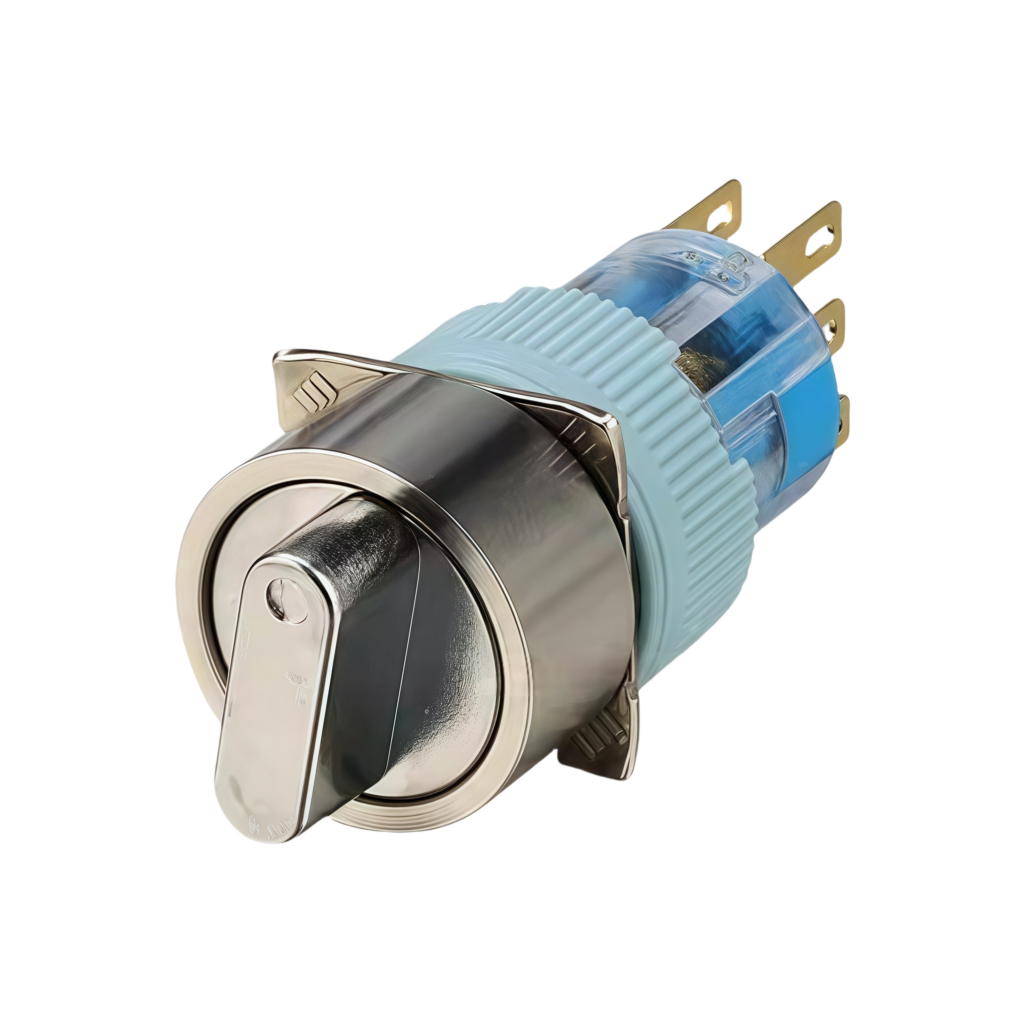
Recent advancements in IoT and AI have transformed rotary switches into smart interfaces. A smart home thermostat with a physical knob can sync with mobile apps or voice assistants, combining tactile control with digital convenience. In industrial IoT, switches with built-in sensors transmit real-time data about machine performance to centralized dashboards, enabling predictive maintenance. AI-powered systems take this a step further, using algorithms to anticipate user needs. For instance, a smart lighting system might automatically adjust brightness based on ambient light levels, controlled via a rotary switch.
Haptic technology is another frontier. Modern switches incorporate subtle vibrations to confirm selections, enhancing user experience in environments like automotive cockpits. Luxury cars now feature rotary controllers for climate control and infotainment systems, with haptic feedback reducing driver distractions. Similarly, in music production, analog synthesizers and DJ mixers rely on rotary switches for their “organic” feel, allowing for seamless transitions between tracks.
Sustainability efforts are reshaping the future of rotary switches. Low-power encoders extend battery life in portable devices, while eco-friendly materials like recycled plastics and aluminum alloys reduce environmental impact. Circular design principles are also gaining traction, with modular switches allowing users to replace worn-out parts instead of discarding the entire component. Energy-harvesting prototypes, which generate electricity from rotational motion, further align with green technology goals.

Despite their evolution, challenges remain. Miniaturization efforts must balance reduced size with durability, and interoperability with diverse IoT protocols continues to be a hurdle. However, the global market for rotary switches is projected to grow steadily, driven by demand in smart home devices, industrial automation, and healthcare. As industries embrace customization and sustainability, the rotary switch will continue to adapt, proving that sometimes the best solutions are the ones that blend tradition with innovation.
From their mechanical origins to their role in smart ecosystems, rotary switches exemplify the power of human ingenuity. Whether in a home, factory, or hospital, they remind us that the best technology is not just functional—it is intuitive, reliable, and deeply human.

